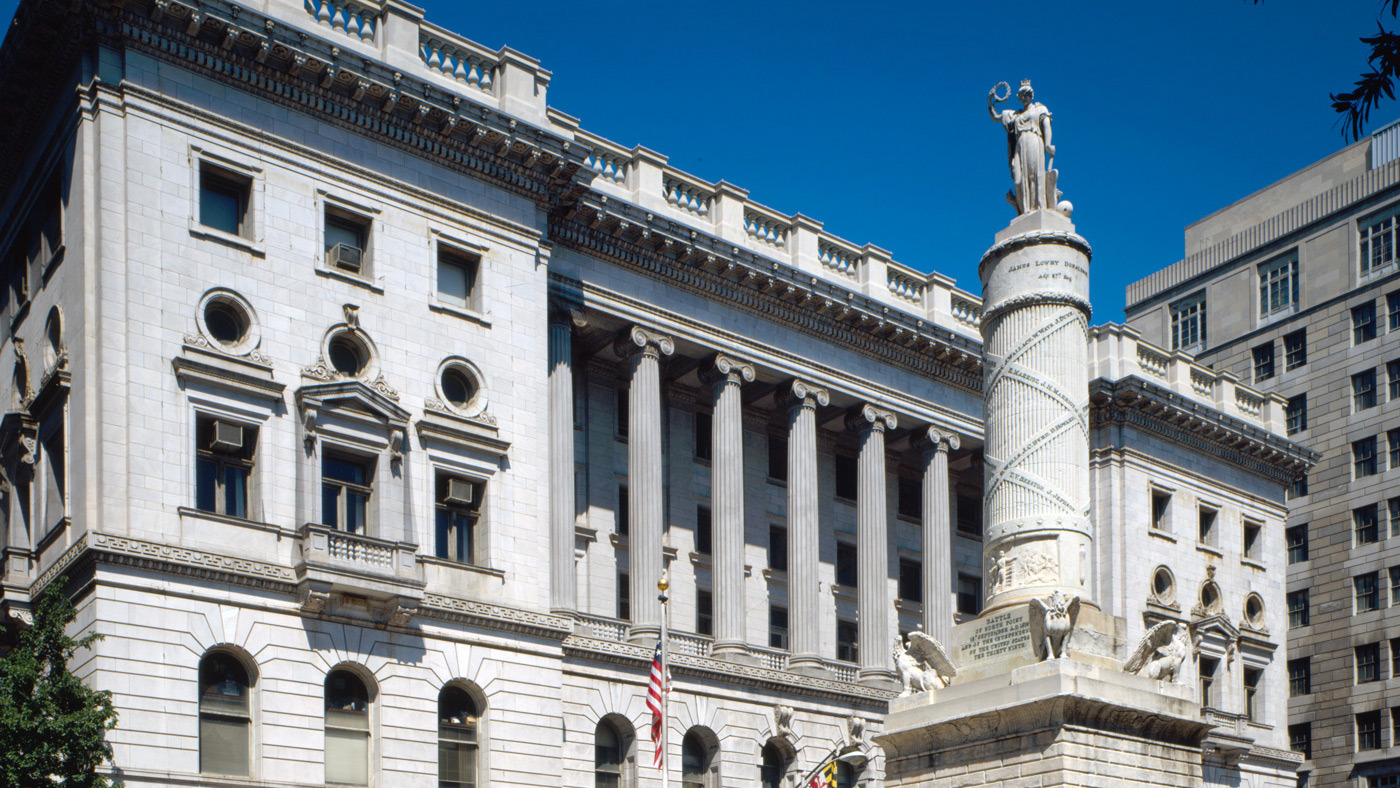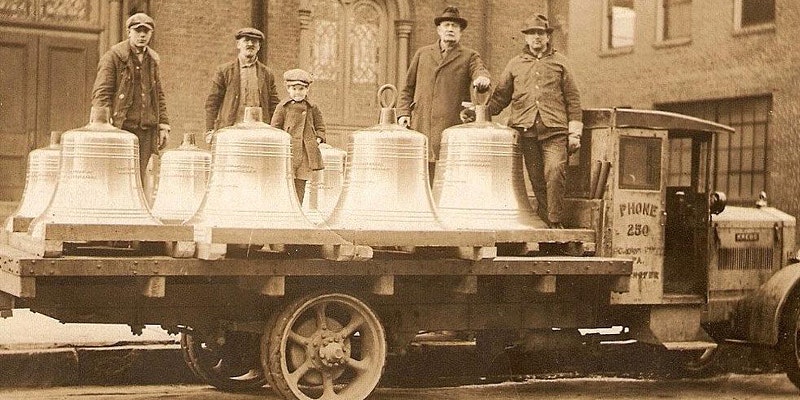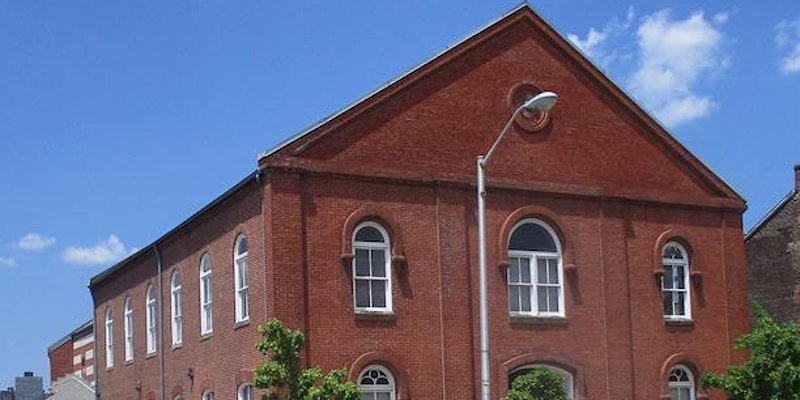Gargoyles, Landmarks and Lions: Downtown Baltimore
Hollywood Diner (at the Baltimore Farmer's Market) 400 East Saratoga Street, Baltimore, MD, United StatesWhere can you find a piece of the Berlin Wall, a cannon ball mounted on a Conestoga wagon hitch, and over a hundred lions looking down at you from the tops of Baltimore's buildings? On our Downtown Landmarks and Lions tour, of course! In this leisurely stroll—we cover a little over a mile in a little over an hour—you’ll see and hear the highlights of downtown Baltimore’s history and architecture. Best of all, you'll discover where all the noble lions, hellish fiends, and neo-Egyptian sphinxes are hiding—the trick is in looking up! If you are Baltimore born-and-raised or a visitor from out-of-town, you don’t want to miss this walking tour!




